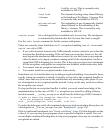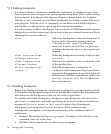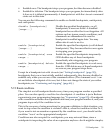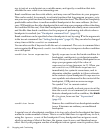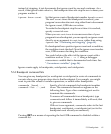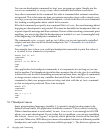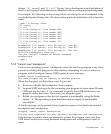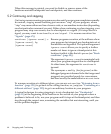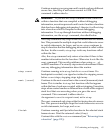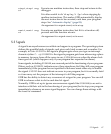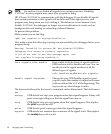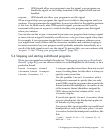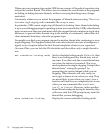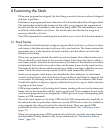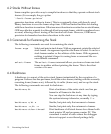
step
Continue running your program until control reaches a different
source line, then stop it and return control to GDB. This
command is abbreviated s.
WARNING! If you use the step command while control is
within a function that was compiled without debugging
information, execution proceeds until control reaches a function
that does have debugging information. Likewise, it will not step
into a function which is compiled without debugging
information. To step through functions without debugging
information, use the stepi command, described below.
The step command only stops at the first instruction of a source
line. This prevents the multiple stops that could otherwise occur
in switch statements, for loops, and so on. step continues to
stop if a function that has debugging information is called within
the line. In other words, step steps inside any functions called
within the line.
Also, the step command only enters a function if there is line
number information for the function. Otherwise it acts like the
next command. This avoids problems when using cc -gl
on MIPS machines. Previously, step entered subroutines if there
was any debugging information about the routine.
step count Continue running as in step, but do so count times. If a
breakpoint is reached, or a signal not related to stepping occurs
before count steps, stepping stops right away.
next [count]
Continue to the next source line in the current (innermost) stack
frame. This is similar to step, but function calls that appear
within the line of code are executed without stopping. Execution
stops when control reaches a different line of code at the original
stack level that was executing when you gave the next
command. This command is abbreviated n.
An argument count is a repeat count, as for step.
The next command only stops at the first instruction of a source
line. This prevents multiple stops that could otherwise occur in
switch statements, for loops, and so on.
finish
Continue running until just after function in the selected stack
frame returns. Print the returned value (if any).
Contrast this with the return command (see “Returning from
a function” (page 121)).
5.2 Continuing and stepping 65



